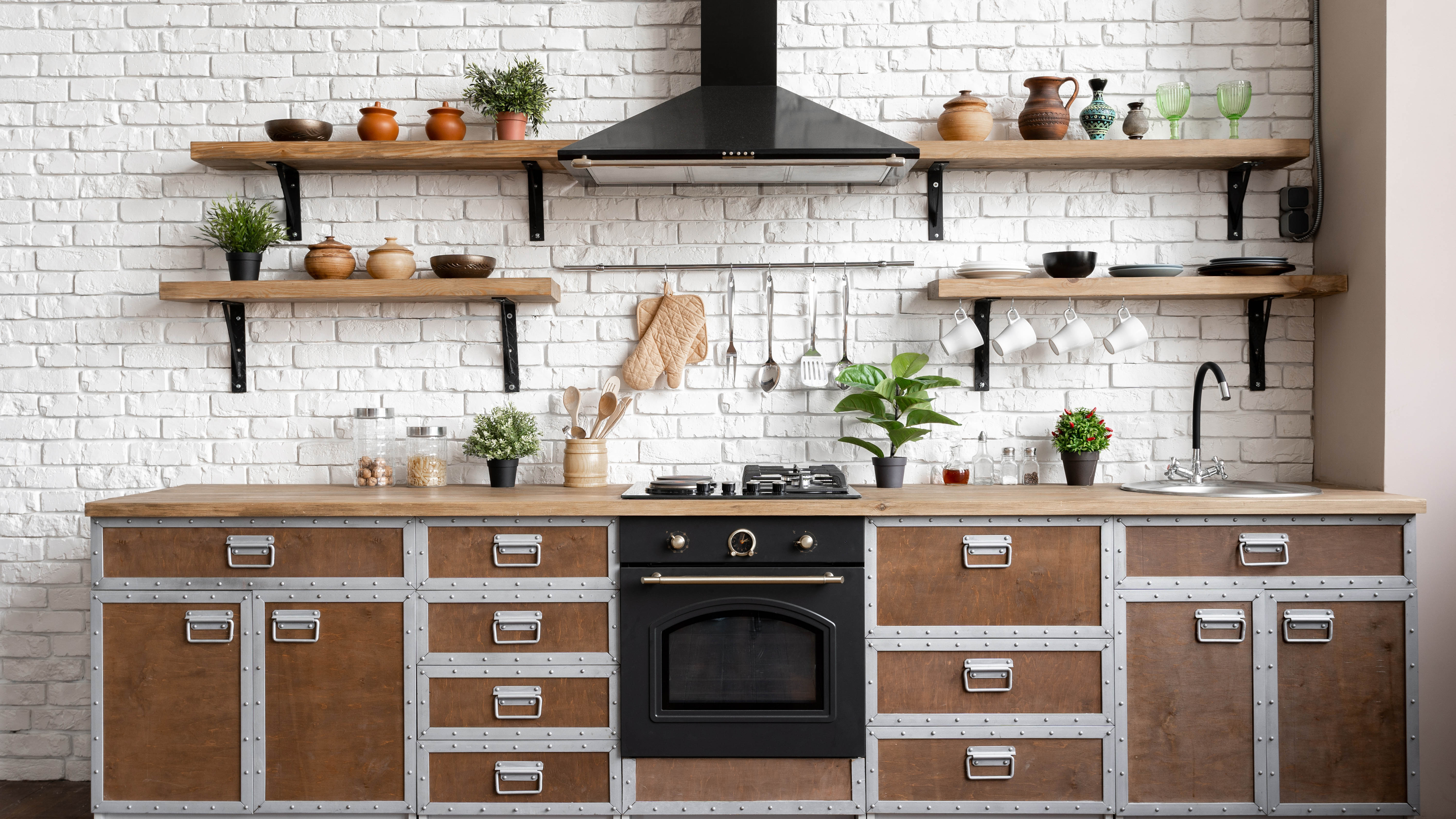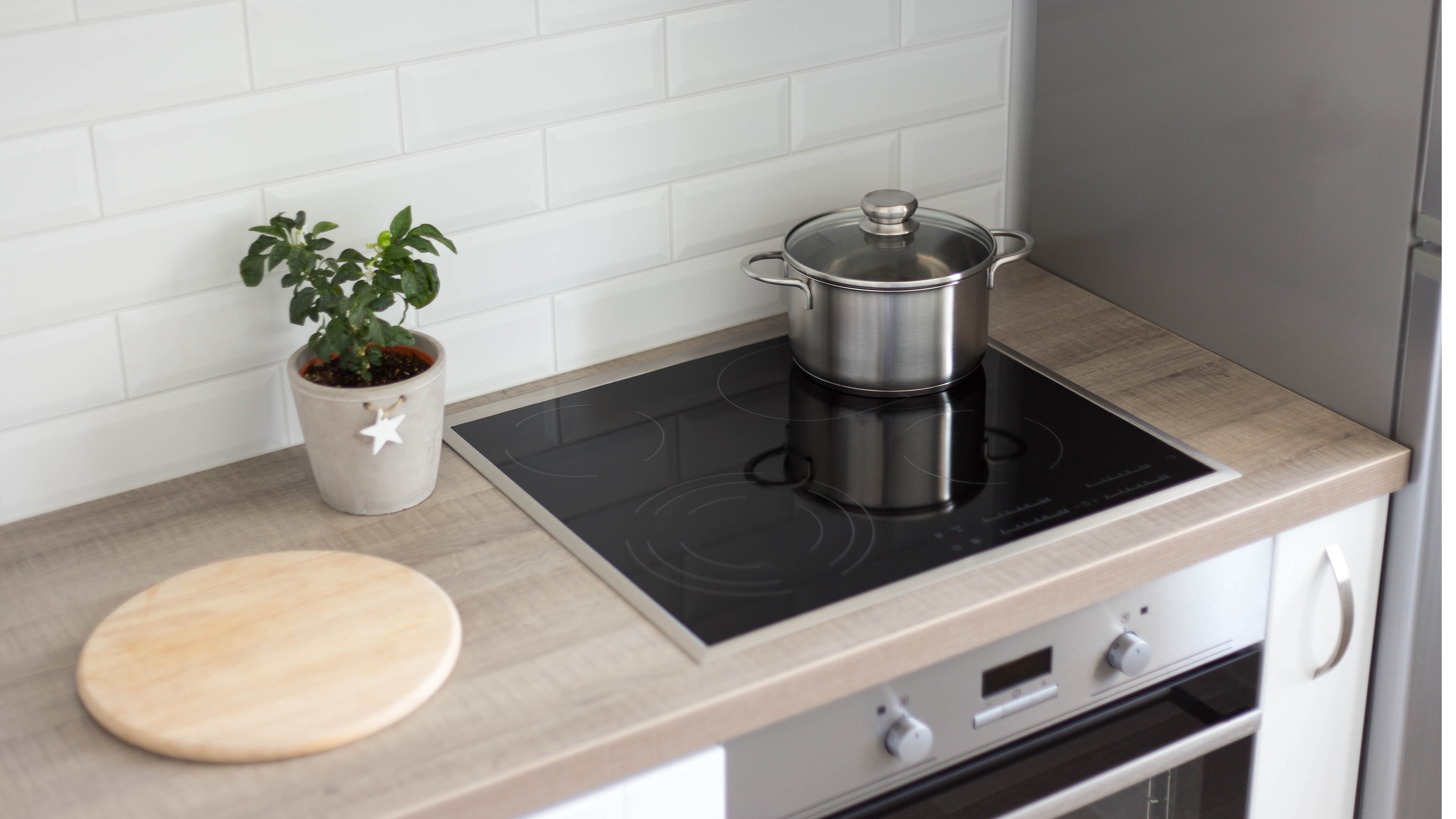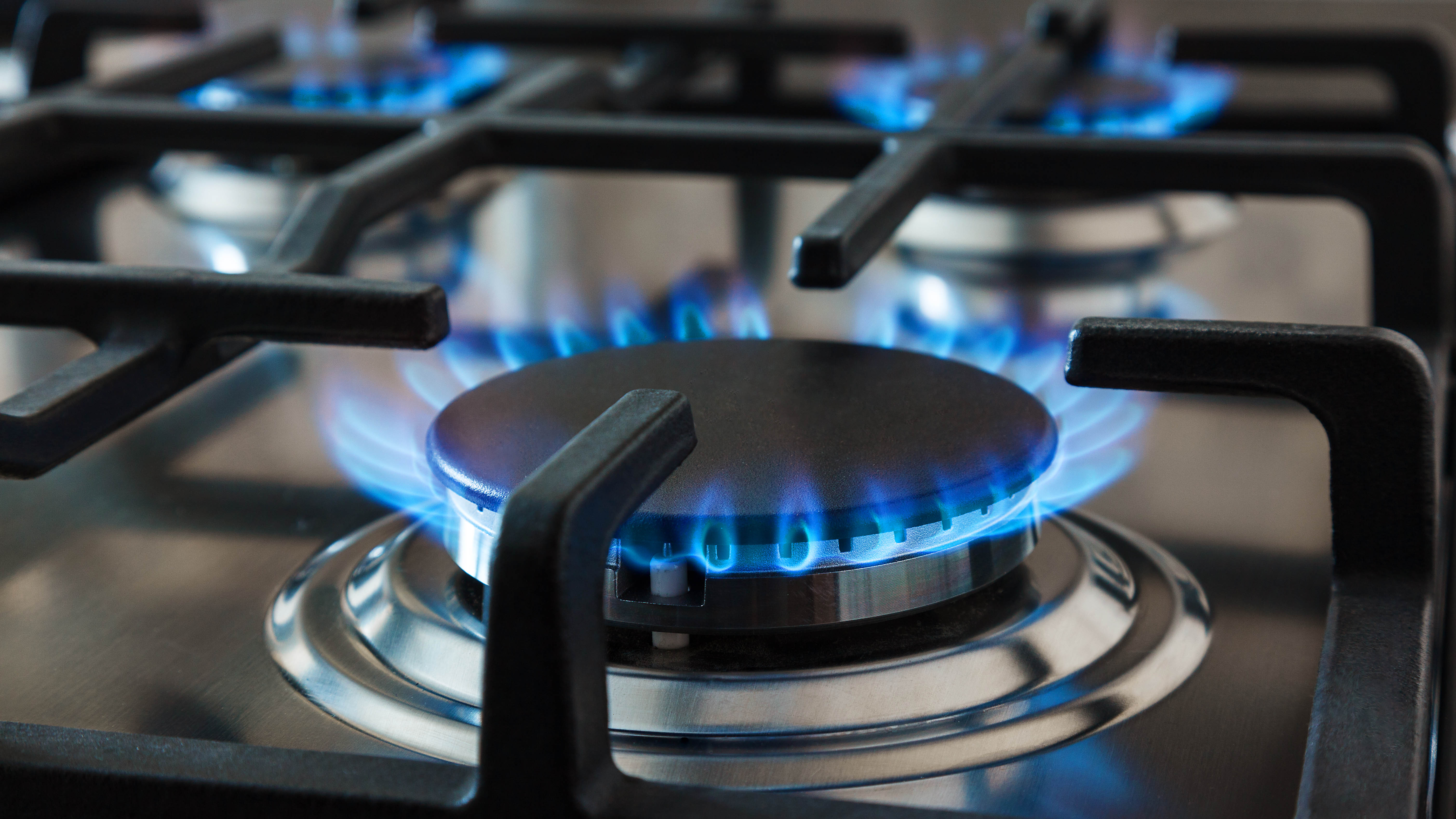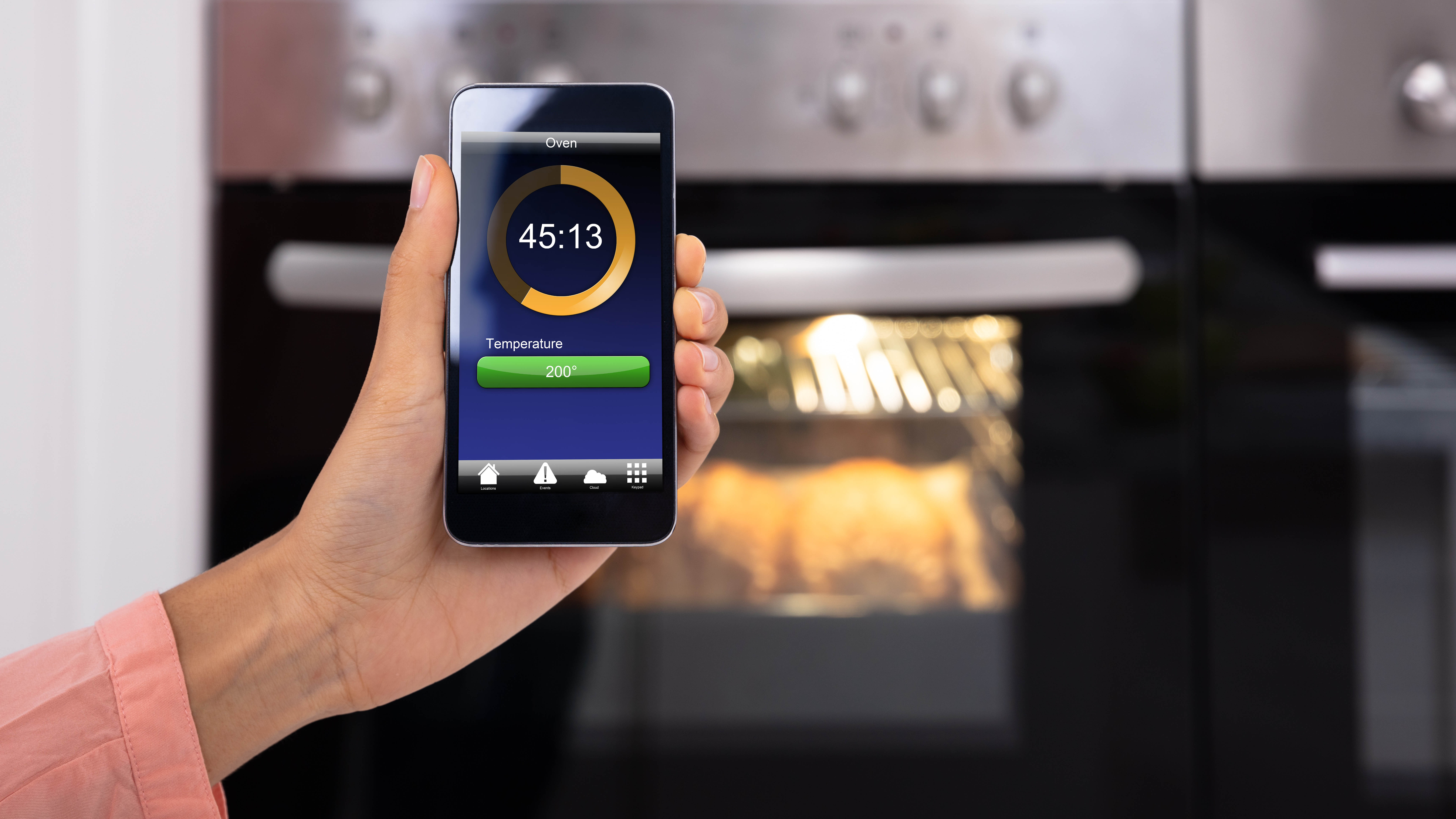Range buying guide: Electric vs gas stoves and everything you need to know
This guide will help you decide which type of range to buy

Replacing the range is always a daunting task. There’s so many features and options to choose from and as this appliance is such an integral part of the kitchen, it’s essential that we find the best gas range or best electric range we can.
But, this search leaves so many questions, like which fuel type should you choose and what specs do you need to look out for? That’s why we’ve pulled together a comprehensive guide to list the pros and cons for every option.
Want the latest tech in your kitchen? Invisible stovetops look like the next big thing — check out the pros and cons.
Quick tips for buying a range
Why you can trust Tom's Guide
- Pick the right size. First, you should measure your space to determine what size of range you can accommodate. Do you want a single or double oven? While most are a standard size, the width can vary by a couple of inches so it’s essential that you check this.
- What type do you want? There’s three types of ranges to choose from: freestanding, slide-in and built-in. Freestanding ranges come with a backsplash and are finished on the sides, so they can sit just about anywhere. Slide-in models slide into place between kitchen cabinets, giving a seamless appearance and come with a built-in bottom drawer. Built-in models are rare nowadays; they sit between the cabinets, but don't come with the bottom drawer.
- Check if you have an available gas line. If you do, then you can install a gas range, but if you don’t and you want to convert to gas, then you will need to hire an electrician to run a gas line to the appliance. If you’re interested in converting from gas to electric, you will need to hire an electrician to cap the gas line and run a larger electrical wire to the range. Converting can be costly.
- Consider your budget. Ranges can cost anywhere from $400 to over $10,000, so you need to think about which features you want and how much you’re willing to pay for them.
- Do you need an app? Some of the more premium designs can connect to your smartphone via Wi-Fi. This means you can preheat and control the range handsfree using a smart device or voice control. Some can also connect with recipe apps to preset the cooking time and temperature.
- Consider how many compartments and burners you need. Depending on how many people you’re cooking for, you may want more than one oven. More than one cooking space also means you can run two different settings simultaneously. This is worth considering before you invest as some models come with two ovens, while some can divide the single oven to offer more than one cooking space.
The pros and cons of an electric range

An electric stove’s cooktop is quick to heat up and easy to clean, as it’s a flat surface. However, it remains hot for some time after you switch it off, which isn’t great if you have young children or pets. It’s also much more difficult to control than a gas stove as it’s not as responsive — so you may need to remove a pan from the burner if it starts to boil over as it’s so slow to react.
In terms of the oven, an electric range provides a more even heat distribution than gas, thanks to the fan. This means there’s less chance of hot spots and a more even rise on any baked goods. It’s worth noting that this fuel type generally produces a dry texture, which is great if you want a crispy finish, such as for French fries. Electric ranges do tend to take longer to preheat than gas, however.
Electric is naturally a safer option to choose than gas. It’s also more convenient to install as you just need an electrical outlet. However, in terms of operating, these are more expensive to run on a daily basis. With regard to cost up-front, both gas and electric ranges start from about the same price, but the high-end electric designs cost less than they do for gas.
Top electric range pick: GE Profile PB935YPFS, available for $1,079 from Home Depot.
The pros and cons of a gas range

A gas range cooktop is quick to respond and easy to control. This means if you turn it up or down, you get an immediate response. However, because of the grates and crevices, these stoves are more difficult to clean — check out our guide on how to clean cast iron stove grates for further info. They’re also slower to heat than electric, so you need more time to cook large quantities.
The oven won’t offer as even a heat distribution as electric ranges, so be prepared for burnt spots; however, they are quicker to heat up. A gas oven will also produce a moist texture, which is brilliant for meats and roast dinners.
This range-type is the less-safe option, as you’re dealing with gas and they’re less convenient to install as well, as you need an electrician to fit the gas line. However, on the plus side, they are cheaper to run and will save money compared to an electric range. Gas ranges start from a similar price as electric, but the most premium designs can cost more than $10,000.
Top gas range pick: GE JGB635REKSS, available for $809 from Best Buy.
What about duel fuel?
If you want the best of both worlds, dual fuel options are available. These feature an electric oven with a gas stove, so you can get the benefits of each. However, these are more expensive than entry models for standard gas or electric. You will also still need to hire an electrician to run a gas line to it, if you don’t have one already in place.

Do you want a smart range?
More premium range models now feature Wi-Fi connectivity and app control. This allows you to preset and control your range remotely from your phone or using voice control. This is ideal if you’re an avid multitasker or simply have your hands full. If the range can connect to recipe apps, it can also help you with inspiration for meal ideas. Some smart ranges can also self-diagnose faults and even alert the service center.
Do you want an induction glass top stove?
An induction stove is an alternative to an electric ceramic cooktop. It provides the instant response you get from gas and the ease of cleaning from electric, while being very quick to heat as well. It uses an electromagnetic field to heat up magnetised pots and pans which makes it ideal for safety, as the cooktop itself doesn’t heat up. It also won’t activate unless it detects a pan. The only downside is you need to invest in induction-compatible pans to use it.
More for your home from Tom's Guide
- The best refrigerators
- Best washing machines: Our top picks
- Here's how to use a pizza oven safely
Sign up to get the BEST of Tom's Guide direct to your inbox.
Get instant access to breaking news, the hottest reviews, great deals and helpful tips.

Katie Mortram used to be a Homes Editor for Tom's Guide, where she oversaw everything from kitchen appliances to gardening tools, as well as smart home tech. Specializing in providing expert advice for cleaning and home manintenance, she now works as Household Advice Editor for Good Housekeeping.
